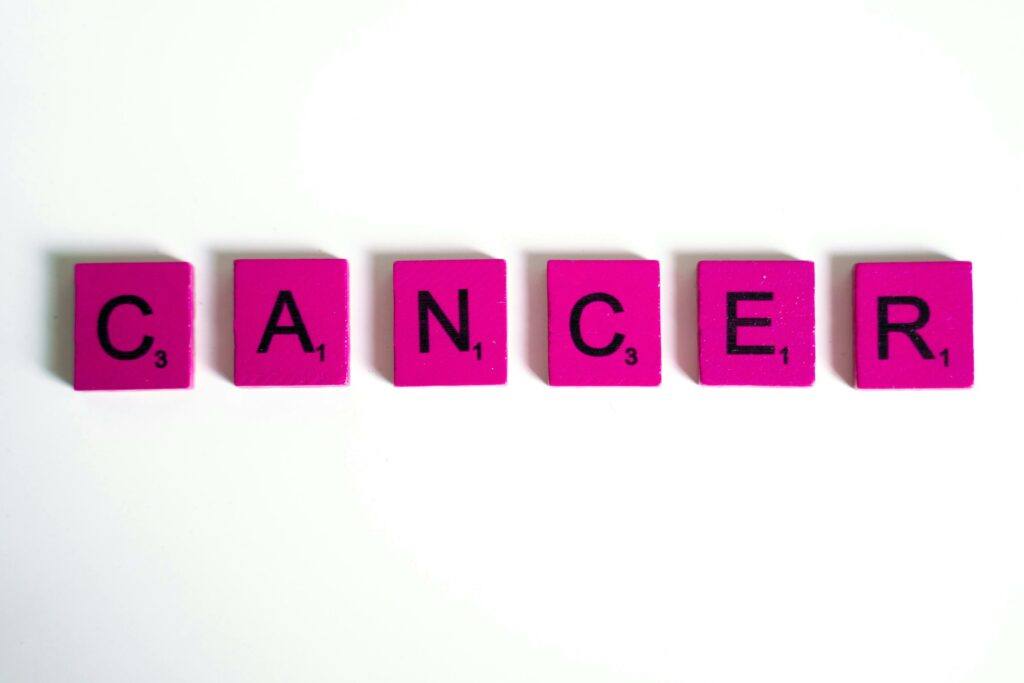In a similar study conducted in 2019, researchers found a rise in the incidence of eight types of cancer in younger generations. However, until now, no study has considered both cancer incidence and mortality rates by birth year. The primary goal of this new research was to address the significant data gap. Researchers noted that exposure to carcinogenic factors early in life has affected cancer rates in individuals aged 50 or younger. This means that as these generations age, the risk of cancer will continue to rise.
The 17 Types of Cancer Identified

The study reviewed data from 23,654,000 individuals diagnosed with 34 different types of cancer, and 7,348,137 deaths from 25 cancers, all between the years 2000 and 2019. The analysis found an increase in 17 of the 34 cancers among Gen X and Millennials, including:
- Small intestine
- Cardia gastric
- Ovary
- Estrogen receptor-positive breast
- Non-HPV-associated oral and pharynx (in females)
- Liver and intrahepatic bile duct (in females)
- Kaposi sarcoma (in males)
- Anus (in males)
- Colorectal cancer
- Endometrial cancer
- Gallbladder and other biliary cancers
- Pancreas
- Kidney and renal pelvis
- Myeloma
- Non-cardia gastric
- Leukemia
Increase in Incidence and Mortality Rates
The increase in cancer incidence was especially notable for cancers of the pancreas, kidneys, renal pelvis, thyroid, and small intestine. Additionally, mortality rates have risen for five types of cancer: liver, endometrial, gallbladder, testicular, and colorectal cancers. These findings are concerning because they indicate that the rising cancer risk in Gen X and Millennials is not merely due to better detection methods but represents an actual and troubling increase in cancer risk. The rapid rise in new cancer cases is outpacing improvements in cancer treatments.
Factors Contributing to the Increase in Cancer Rates
While the study provided valuable data on cancer incidence, it did not pinpoint the exact causes. However, the researchers noted several contributing factors. Obesity, for example, was associated with 10 of the 17 cancers identified. Obesity rates have been steadily rising since the 1970s, with the most significant increases occurring among individuals aged 2 to 19 years. Other factors that have contributed to the rise include environmental pollutants, changes in sleep patterns, and a more sedentary lifestyle.
The Role of Diet and Gut Microbiome
The study also highlighted the role of diet, particularly the Western-style diet, in the rise of cancer rates. Processed foods high in sugar, saturated fats, and refined grains are not only linked to weight gain but also to an increased risk of developing colorectal and breast cancers. Interestingly, cancers that affect the digestive system may not be directly linked to obesity, suggesting that changes in the gut microbiome could also play a role. Researchers believe that Western diets, along with the overuse of antibiotics, are affecting the balance of gut bacteria and potentially contributing to the increase in certain cancers.
Not All Bad News

While the study showed a significant increase in cancer rates among Gen X and Millennials, it also revealed some positive trends. For instance, women born around 1990 are now less likely to develop cervical cancer, thanks to the widespread use of HPV vaccinations starting when these women were around 16 years old. Additionally, the decline in smoking rates has contributed to a reduction in esophagus, larynx, and lung cancers. Although overall cancer incidence has increased, early detection has led to a decrease in mortality rates.
Conclusion
Our understanding of cancer and its causes continues to evolve, along with advancements in treatment. However, many health issues we face in later life may stem from factors experienced earlier in life. The study reveals an increase in 17 types of cancer among Gen X and Millennials, raising important questions about modern-day factors affecting younger generations. Despite the overall rise in cancer incidence, certain lifestyle changes have contributed to a decline in some cancer types, offering hope for the future.